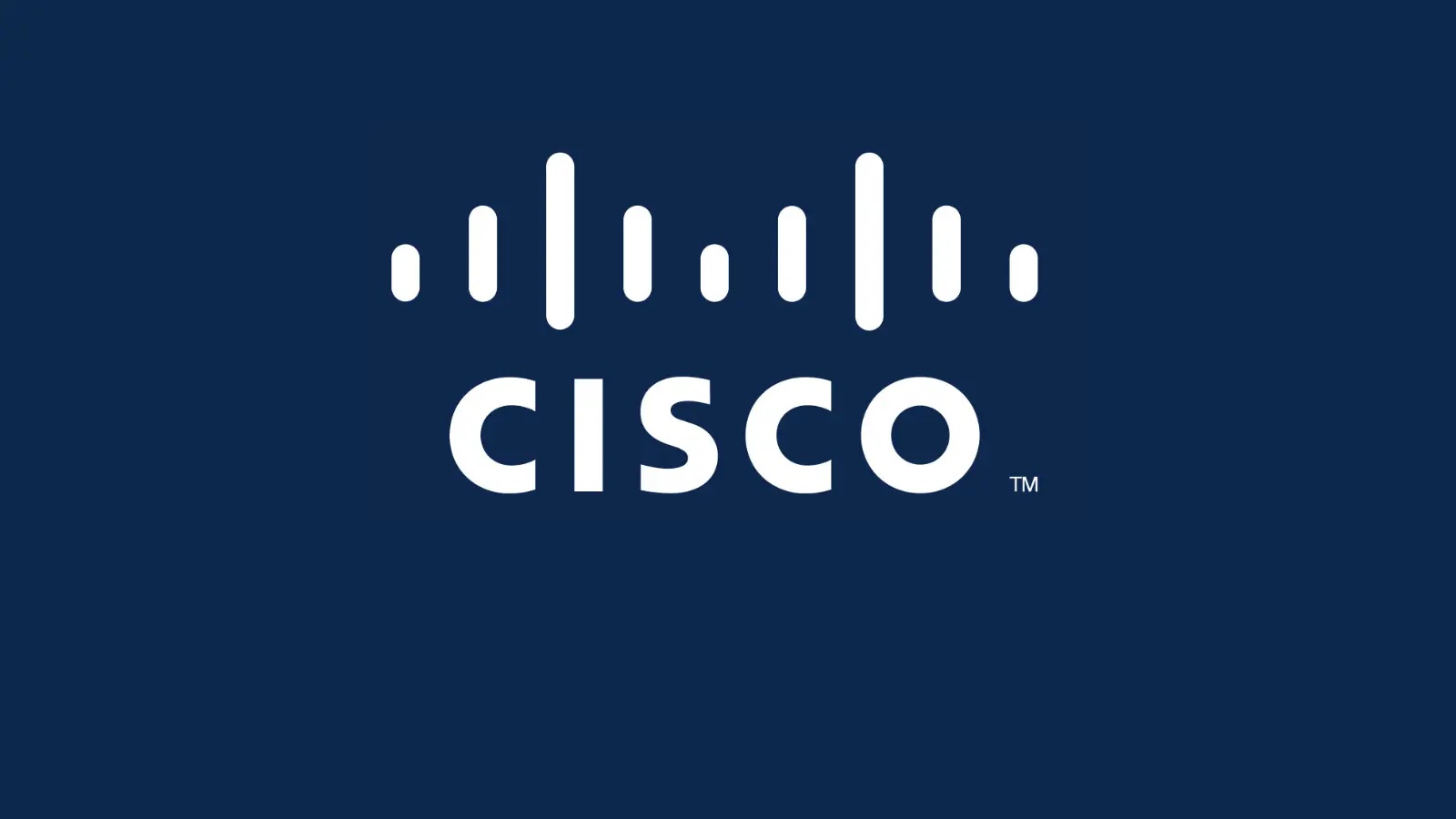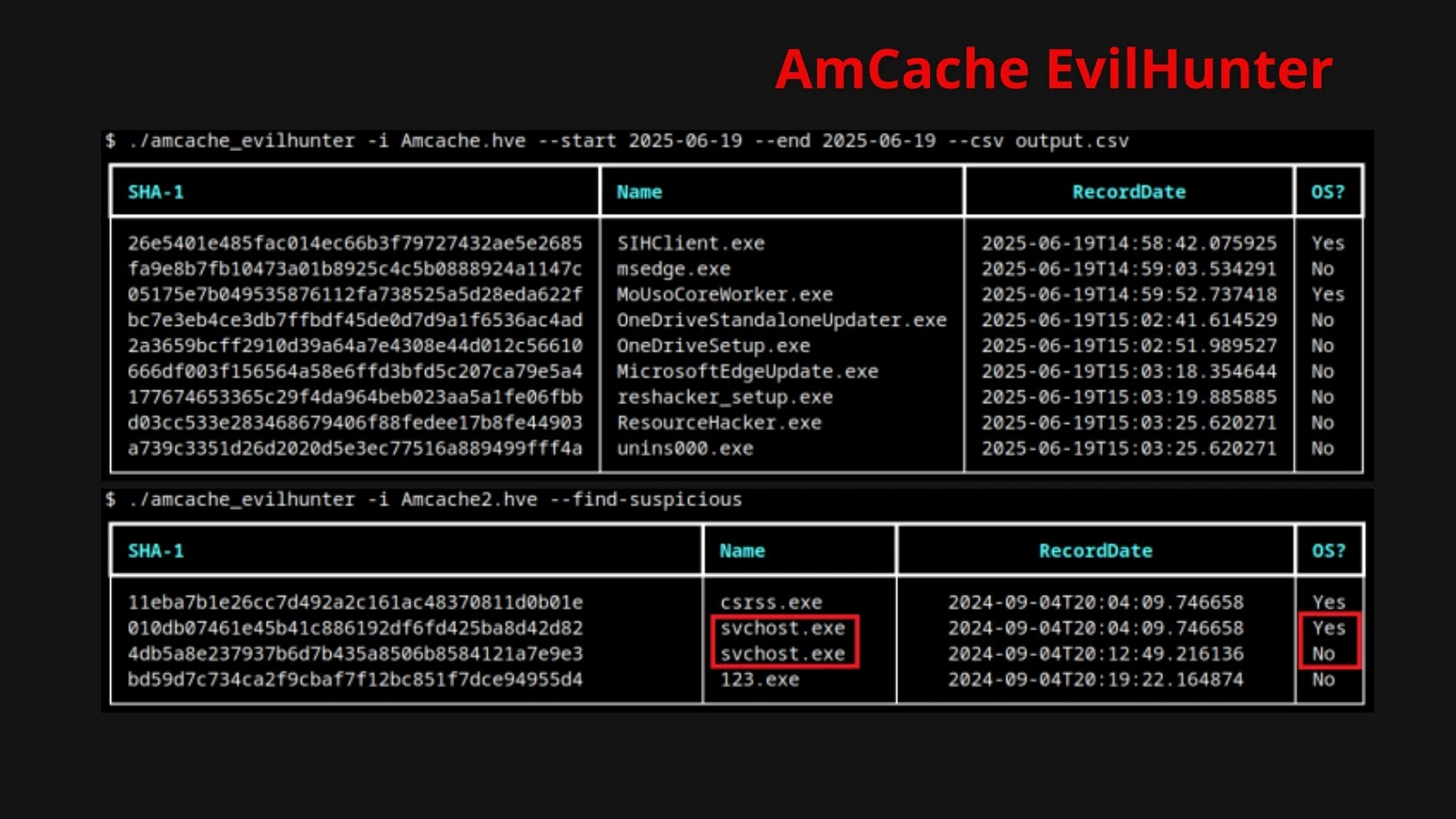Cisco has recently disclosed a critical vulnerability in its widely utilized IOS and IOS XE software, which could enable attackers to crash devices or gain full control through remote code execution. This flaw resides in the Simple Network Management Protocol (SNMP) subsystem and is caused by a stack overflow condition. Attackers can exploit this vulnerability by sending specially crafted SNMP packets over IPv4 or IPv6 networks.
Understanding the Vulnerability
The SNMP subsystem is integral to network management, allowing administrators to monitor and configure network devices. However, this vulnerability affects all versions of SNMP (v1, v2c, and v3) and has already been exploited in real-world scenarios, underscoring the urgency for network administrators to take immediate action.
Potential Attack Vectors
The vulnerability presents two primary attack vectors:
1. Denial-of-Service (DoS) Attack: A low-privileged, authenticated remote attacker with access to SNMPv2c read-only community strings or valid SNMPv3 credentials can exploit the flaw to cause affected devices to reload, leading to a DoS condition. This disruption can significantly impact network operations by rendering devices temporarily inoperable.
2. Remote Code Execution (RCE): A highly privileged attacker with administrative or privilege level 15 access can execute arbitrary code as the root user on IOS XE devices. This level of access grants the attacker complete control over the system, allowing for data exfiltration, network manipulation, or deployment of malicious software.
Discovery and Exploitation
Cisco’s Product Security Incident Response Team (PSIRT) identified this vulnerability during a Technical Assistance Center support case. Subsequent investigations revealed that attackers had exploited the flaw in the wild, often after compromising local administrator credentials. This chain of events highlights the critical need for robust credential management and vigilant monitoring of network activities.
Affected Devices
A wide range of Cisco devices running vulnerable releases of IOS or IOS XE software with SNMP enabled are impacted. This includes routers, switches, and access points that are essential components of enterprise network infrastructures. Devices that have not explicitly excluded the affected object ID (OID) remain at risk. Notably, Cisco’s IOS XR Software and NX-OS Software are not affected by this vulnerability, providing some relief for users of those platforms.
Potential Impact
The consequences of this vulnerability are severe:
– Service Disruption: DoS attacks can halt critical services, leading to operational downtime and potential financial losses.
– Unauthorized Access: Successful exploitation can grant attackers root-level access, enabling them to steal sensitive data, move laterally within the network, or deploy malware.
Given SNMP’s widespread use for device monitoring and management, many organizations may be unknowingly exposed, especially if default configurations are left unchanged.
Mitigation Strategies
While no complete workarounds exist, Cisco recommends several mitigation strategies to reduce immediate risks:
1. Restrict SNMP Access: Limit SNMP access to trusted users and devices. Administrators can monitor SNMP configurations using the show snmp host command in the command-line interface (CLI).
2. Disable Vulnerable OIDs: Use the snmp-server view command to create a restricted view that excludes the affected OIDs. Apply this view to community strings or SNMPv3 groups to prevent exploitation. For Meraki cloud-managed switches, contacting Cisco support is advised to implement these changes.
3. Apply Patches Promptly: Cisco has released software updates addressing this vulnerability as part of its September 2025 Semiannual Security Advisory Bundled Publication. Administrators should use the Cisco Software Checker tool to identify vulnerable releases and the corresponding fixed versions.
Verification and Monitoring
To determine if SNMP is enabled and configured on devices, administrators can use the following CLI commands:
– For SNMP v1/v2c: `show running-config | include snmp-server community`
– For SNMP v3: `show snmp user`
Regular monitoring and auditing of SNMP configurations are essential to detect unauthorized changes or potential exploitation attempts.
Conclusion
Cisco urges all customers to upgrade to the patched software releases immediately to fully remediate this vulnerability. Delaying these updates increases the risk of exploitation, which could lead to significant operational disruptions and security breaches. As networks become more interconnected and complex, maintaining rigorous security practices, including timely patching and configuration management, is paramount to safeguarding organizational assets.



